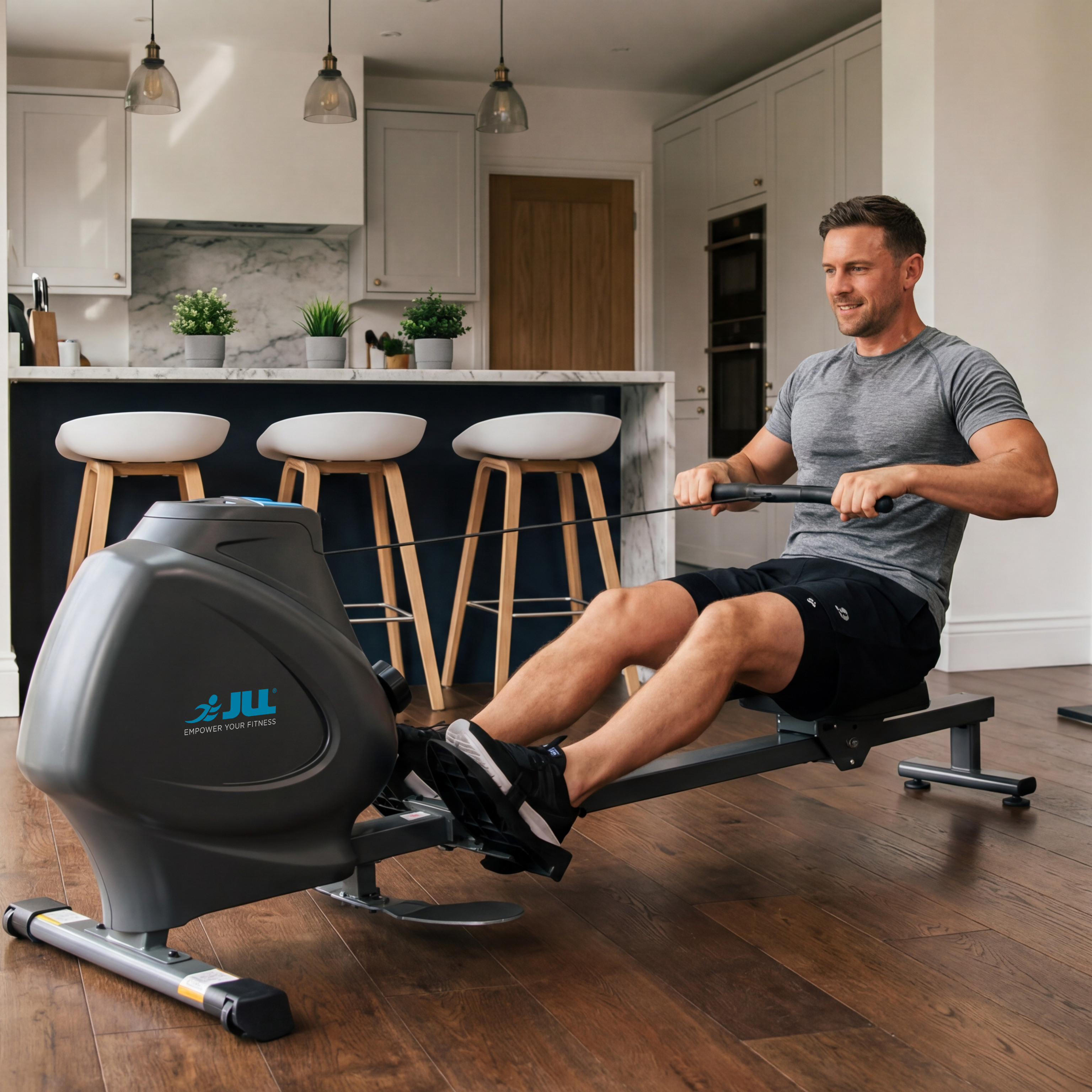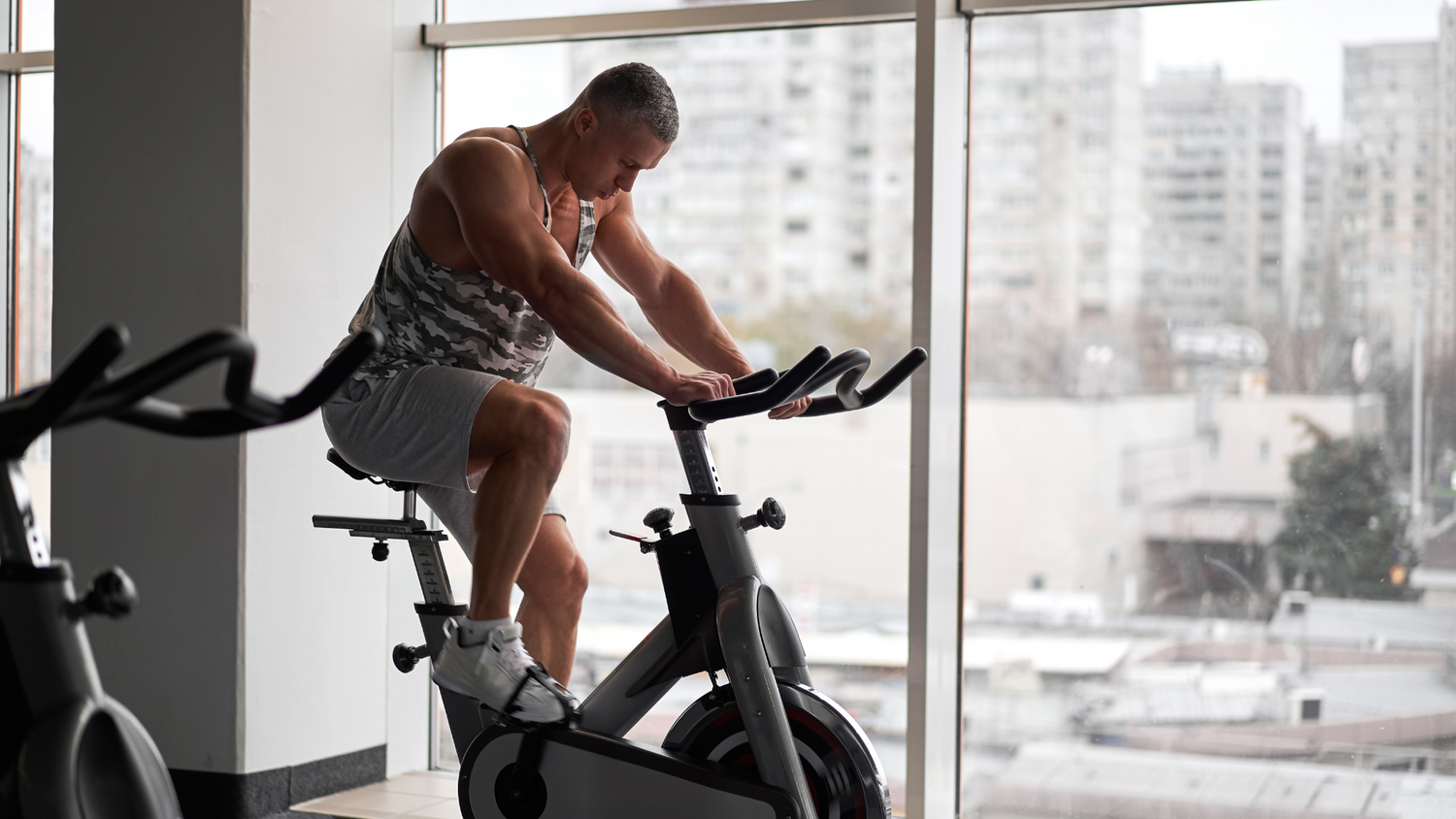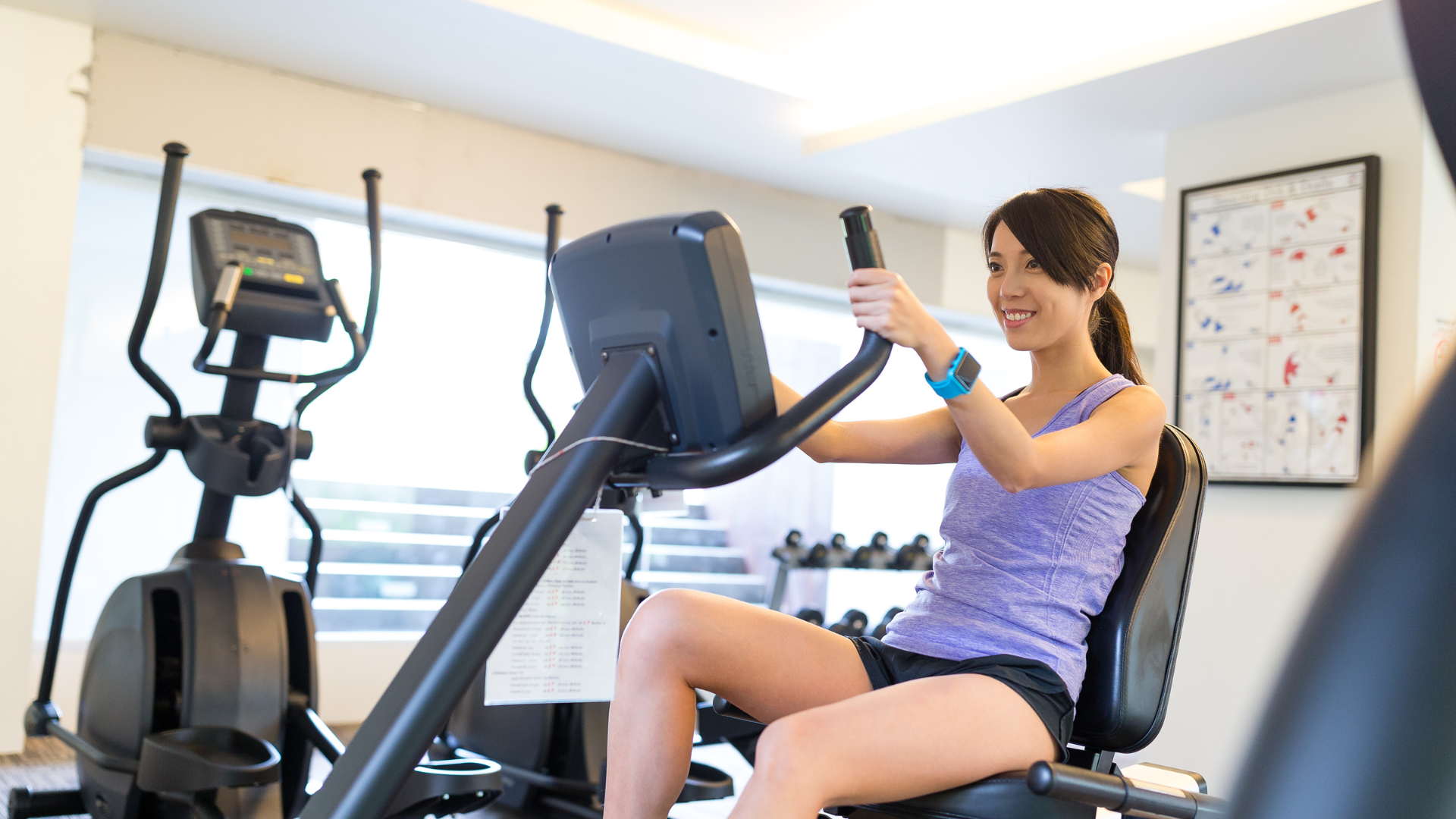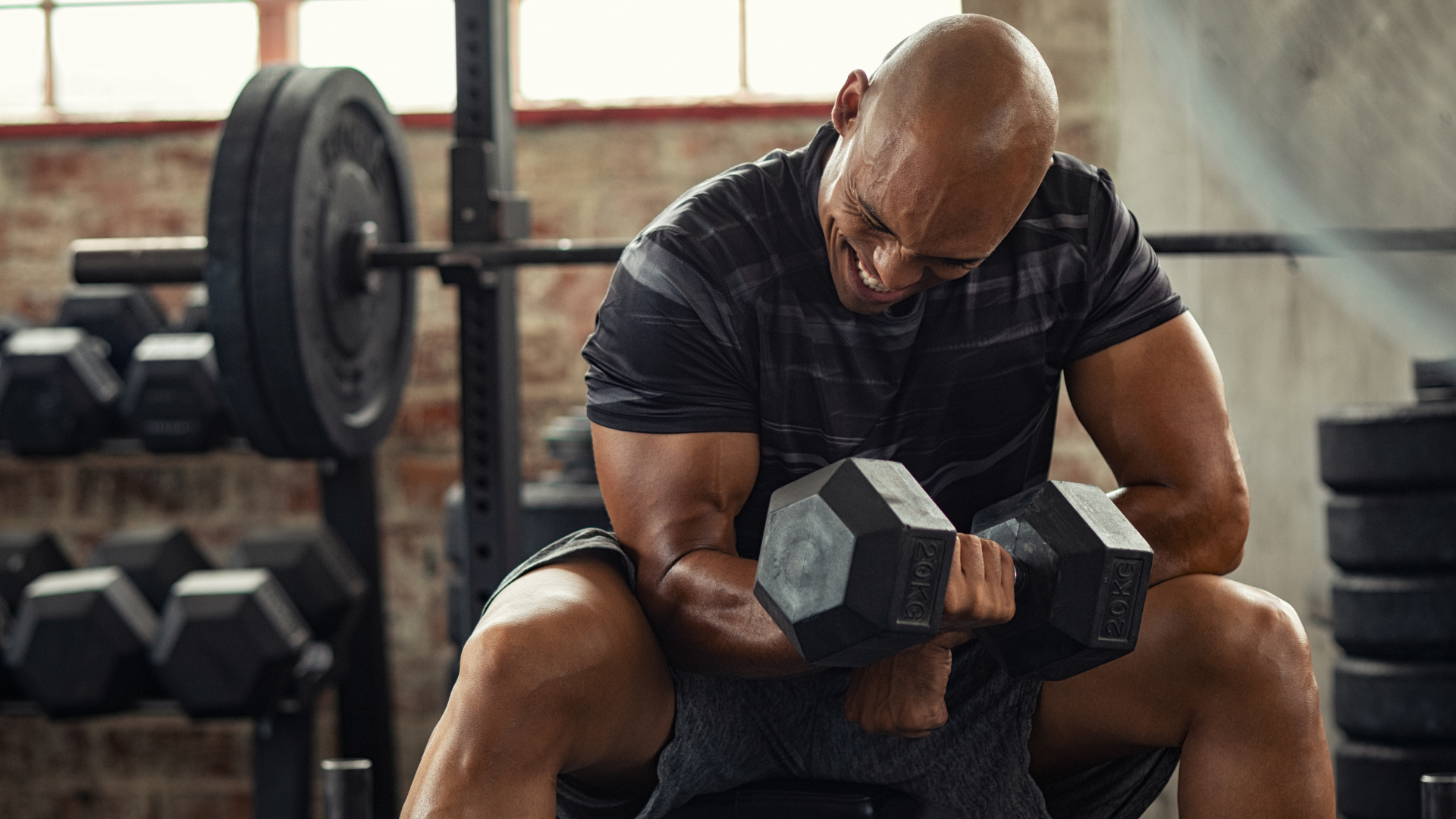Understanding Q factor on indoor cycles is crucial for achieving comfort, efficiency, and optimal biomechanics during your cycling workouts. Here’s what you need to know about Q factors:
What is Q Factor?
- Definition: Q factor refers to the distance between the outside edges of the pedals where they attach to the crank arms. It essentially measures the width of the stance on the pedals.
- Importance: Q factor plays a significant role in determining the alignment of your legs and hips during cycling. A wider Q factor means the pedals are positioned further apart, potentially affecting the alignment of your knees, hips, and ankles.
Considerations for Q Factor:
-
Comfort and Biomechanics:
- Natural Alignment: A Q factor that matches your natural hip width can help maintain proper alignment of your knees and hips during cycling. This reduces the risk of discomfort or injury caused by unnatural twisting or stress on joints.
- Efficient Power Transfer: Optimal Q factor allows for efficient power transfer from your legs to the pedals, maximising your cycling performance.
-
Personal Fit and Preference:
- Varied Preferences: Cyclists may have different preferences for Q factor based on their body type, riding style, and comfort levels. Some may prefer a wider Q factor for stability, while others prefer a narrower Q factor for a more streamlined pedal stroke.
- Adjustability: Some indoor cycles allow for Q factor adjustment or offer models with interchangeable crank arms to accommodate different preferences.
-
Impact on Performance:
- Pedalling Efficiency: A Q factor that matches your natural biomechanics can enhance pedalling efficiency and reduce energy loss, allowing you to maintain higher cadences comfortably.
- Comfort Over Long Rides: Proper Q factor alignment is particularly important for reducing fatigue and discomfort during long rides or intense training sessions.
Choosing the Right Q Factor:
- Testing and Adjustment: When selecting an indoor cycle, consider testing the Q factor to ensure it feels comfortable and natural for your body. Some cyclists may benefit from professional bike fitting services to optimize Q factor alignment.
- Manufacturer Specifications: Check the manufacturer's specifications for Q factor measurements on indoor cycles to ensure it meets your preferences and needs.
Q factor on indoor cycles significantly influences comfort, efficiency, and biomechanics during cycling workouts. Understanding and selecting the right Q factor can improve your riding experience, reduce the risk of injury, and enhance overall performance and comfort levels.








Leave a comment
All comments are moderated before being published.
This site is protected by hCaptcha and the hCaptcha Privacy Policy and Terms of Service apply.